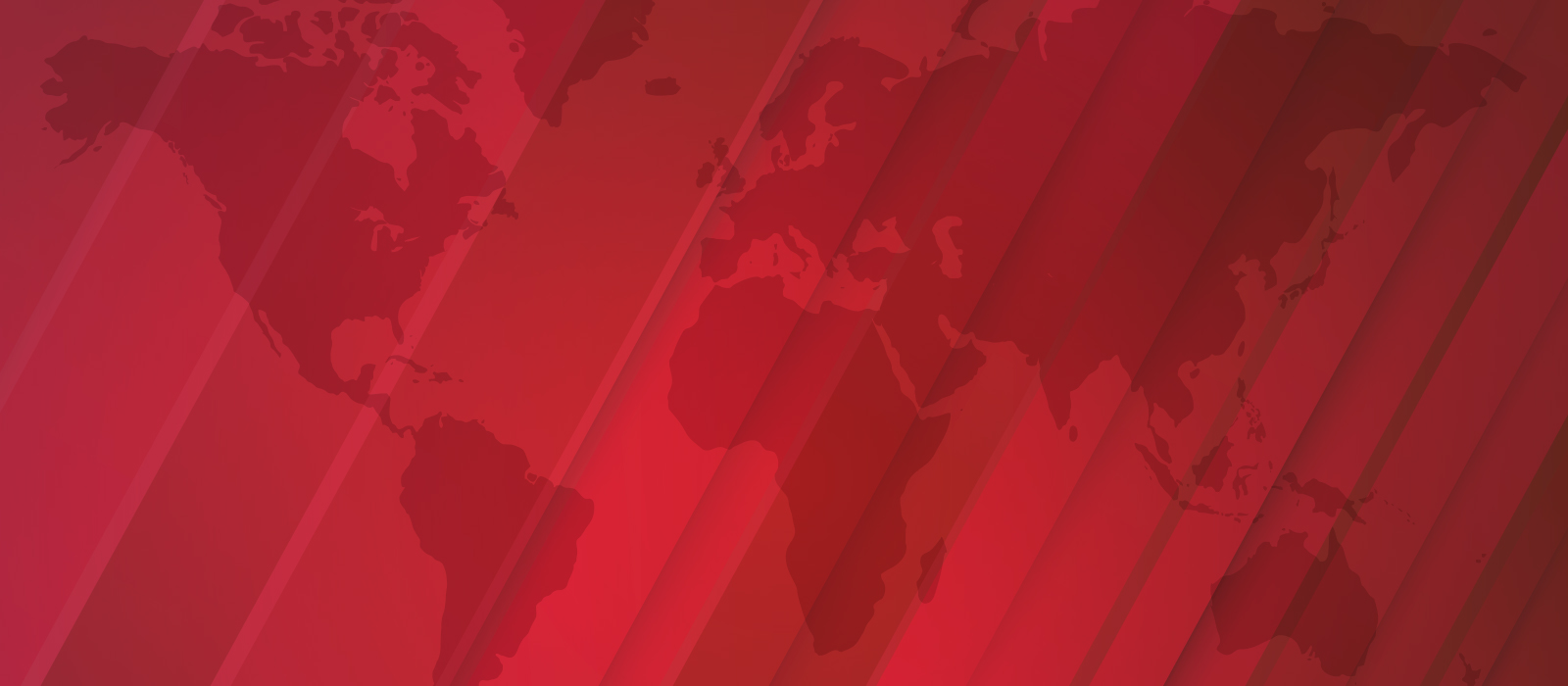By Bonface Orucho, bird story agency
Green bonds are experiencing robust growth in Africa as governments, corporations, and financial institutions recognize their potential to fund sustainable projects.
A new report shows green bond issuances in Africa jumped 125% last year, hitting US$1.4 billion from US$600 million in 2022.
The report, ‘Emerging Market Green Bonds’ by the International Finance Corporation and Amundi, a European asset manager firm, sheds light on Africa’s promising path towards sustainable finance leveraging green bonds. The report was released on May 22.
“In spite of the market’s growth, the region remains the least established regional green bond market among developing economies,” the report reads in part.
The African development bank describes a green bond as a type of loan that companies or governments use to raise money specifically for projects that benefit the environment. Investors buy bonds to support eco-friendly initiatives while potentially earning a return on their investment.
Despite the initial sluggish adoption of these financing instruments across the continent, Africa’s growth rate is among the world’s most rapid. According to the IFC-Amundi report, global green bond markets surged by 34% year over year to reach US$135 billion across all assessed emerging markets.
The surge in growth is in part credited to a reduction in investor concerns about inflation, which devalued traditional debt securities. However, it is a growing interest in financing efforts to combat climate change that is fueling the surge, according to
to Susan Lund, Vice President, Economics and Private Sector Development at the IFC, who called for further legislative measures to speed uptake of green bonds.
“Substantial efforts must be made to ensure continued growth in the Global Green, Social, Sustainability and Sustainability-Linked bonds market, including enhancing regulations and standardizing best practices,” she said in a statement accompanying the report.
South Africa dominates issuances made in Africa with green bonds worth US$900 million issued in 2023, a 58% increase from the previous year. Zambia and Gabon also made notable first-time issuances.
Zambia debutted its first green bond with the issuance of a US$53.5 million bond on the Lusaka Securities Exchange (LuSE), a milestone achieved through Copperbelt Energy.
Gabon also completed a US$500 million blue bond for conservation which matures in 2038 through a debt-for-nature swap deal. The deal is expected to generate US$163 million for marine conservation over 15 years while significantly slashing its debt.
In 2023 Rwanda issued its first sustainability-linked bond, a US$24 million initiative by the Development Bank of Rwanda and structured and funded by the World Bank.
Last month, Kigali was ranked as Africa’s fastest-growing financial hub by the 2024 Global Financial Centers Index, jumping 18 spots since 2022, to stand at third place in Africa and 67th globally. A key driver of this impressive growth is sustainable finance.
Multilateral institutions such as the African Development Bank (AfDB) are putting emphasis on green bonds as a financing tool it will prioritise in Africa.
The AfDB’s 10-year strategy blueprint, launched this past week in Nairobi during its 2024 Annual Meetings and attended by six African presidents, oultines an expansion of Africa’s green bonds market.
“Over the last ten years the Bank has established green and social bond programs amounting to USD 10 billion… the bank will expand Africa’s green bonds market by issuing more green and social bonds and supporting African countries as they issue sovereign bonds, accelerating green growth,” the bank reported.
The LSF (liquidity and sustainability facility), a UN-backed short-term lending market designed to compress liquidity premiums and improve countries’ access to international bond markets for African countries, is another continetal initiative.
The African Export-Import Bank (Afreximbank) and Citi have already injected US$100 million into the LSF kitty, which is projected to exceed US$30 billion by 2030.
bird story agency
Useful link:
https://www.ifc.org/content/dam/ifc/doc/2024/emerging-market-green-bonds-2023.pdf









